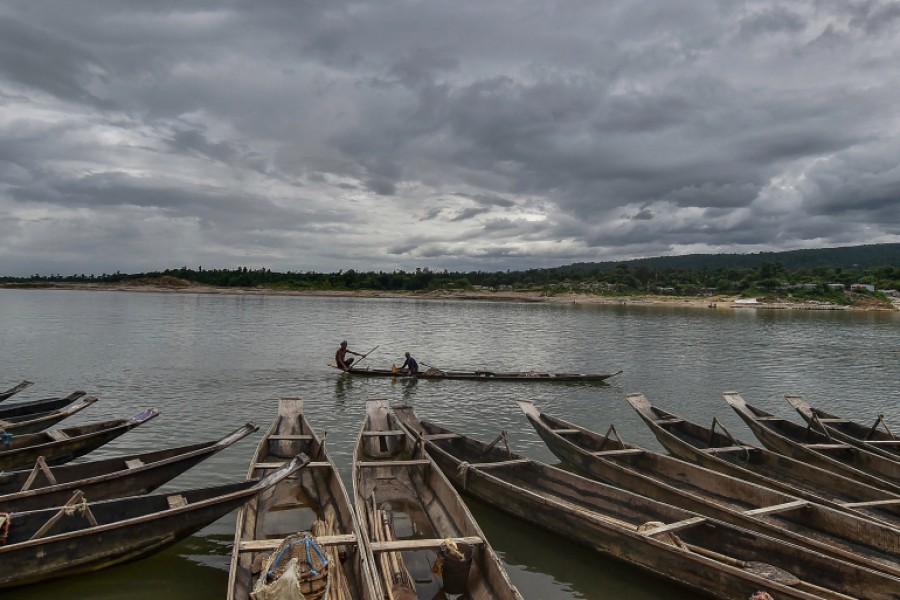Given the incidence of the annual return of lightning-strike deaths, one hopes this year these fatalities remain confined to the deaths which have already occurred. People aware of the facts related to lightning strikes are terrified. As the village people have observed, the deaths have just kept their earlier pace --- similar to the past years. But unlike in the previous years, 2022 has already witnessed seventeen deaths from lightning strikes. According to surveys, it is the poor farmers working in the fields who normally fall victim to these fatal strikes. A thunderbolt doesn't kill. It causes severe burn injuries to many.
Besides farmers working in the field during lightning strikes, no matter if there is rain or not, fishermen, unsuspecting passersby and people taking shelter under trees during abrupt showers turn out to be the lightning victims. Due to the rural areas' unique formation of nature, with trees dominating their landscapes, lightning strikes occur there in more frequency. It has long been proven that wet trees attract lightning more than the dry ones. Similarly, water bodies like rivers are also more vulnerable than dry lands. The reason lightning fatalities occur more in villages might lie here. Total lightning deaths in the country continue to rise. The number of deaths of people from lightning strikes and those physically crippled stood at 1,878 in the period 2013-2020. In 2021, a total of 11 people died from thunderbolt strikes. Lightning strikes killed 17 people in 2020. These figures show a semblance of improvement in the lightning-death cases in Bangladesh. But given the whims of nature and weather, cautious people do not feel resigned. In the developed urban areas, brick-built houses are fitted with lightning rods. Backward villages lack this facility in the developing countries like Bangladesh.
Deaths and injuries from lightning strikes are fast becoming a common feature of day-to-day life in Bangladesh. In the distant past, deaths from thunderbolt were few. They have continued to rise in the last thirteen years. Many weathermen blame the abrupt increase in the lightning deaths and injuries on the installation of different types of electricity-sensitive poles. In almost all the countries in the Subcontinent, deaths from lightning strikes would remain associated with different superstitions. The average persons in the rural areas view deaths from lightning as a consequence of the victims being 'cursed' by someone. Ill-fated people might draw the divine ire of an elderly person for attempts to harm him. However, in the educated urban society these beliefs continue to fade away.
The fact that certain clouds and their collision are behind lightening flashes and their strikes on man and other objects is now firmly accepted. The tirelessly inquisitive scientists have long gone to the roots of the mystery of thunderbolts. The scientifically disposed persons nowadays do not hesitate to dismiss the popular or folk beliefs. To be more specific, "lightning is a large electrical spark caused by the negative charges moving from one place to another." There are no proven remedies to lightning strikes. Even in the lighting-prone developed countries, the rural people are advised to remain indoors during thundershowers. There are many lightning-vulnerable countries. They include Brazil, the US, Australia, China, Indonesia, South Asian countries, Mexico, Argentina, Bolivia and a few countries in Africa.
Many would like to equate lightning strikes with the disasters of twisters, tidal surge or earthquakes. A decade ago Bangladesh scientists promoted the idea of planting tall palm and other trees inside the farmlands. They believed, this would reduce lightning deaths and injuries. That the farmers have attached little importance to this natural solution is quite apparent.


